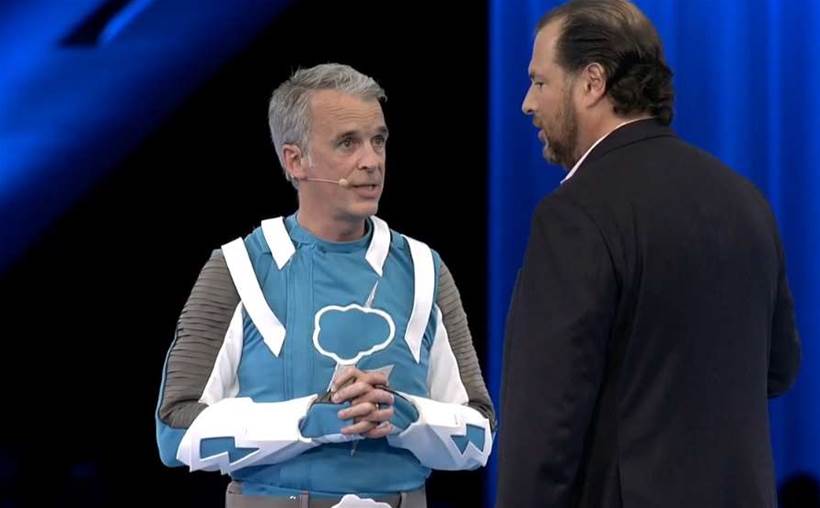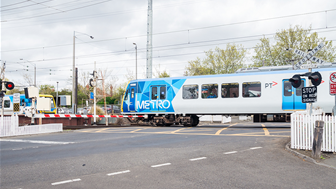Salesforce has unveiled IoT Cloud, an intelligence platform designed to better understand customers from the data their internet-connected possessions generate.
The IoT Cloud is underpinned by Thunder, an “intelligent rules engine” that looks for “customer context” in real-time transactional data, the company said.
CEO and co-founder Marc Benioff told Salesforce's annual Dreamforce conference that the IoT era would be defined by what he called “mass customisation”.
“When I’m using anything on the IoT of course I expect a one-on-one, high-fidelity relationship,” Benioff said.
“I expect one-to-one service. I expect everyone knows what I’m doing and how they can support me whenever I need that help.
“That’s a big shift from where we were just a few years ago.”
Benioff and co-founder Parker Harris demonstrated IoT Cloud’s capability to capture and understand “events” or data points generated by connected devices.
“With those events, you’re going to understand your customers better, because behind those events are customers,” Harris said.
One of the first major clients of IoT Cloud is Microsoft, which is using the product to personalise marketing to Office 365 customers.
Microsoft collects all the “events” in Office 365 – sign-ups, cancellations, profile changes and so on - in its own Azure Event Hub big data platform, which plugs into Salesforce IoT Cloud.
It then uses Thunder to understand the usage profile of Office 365 customers and send personalised emails suggesting they use new features or products according to “triggers” defined in the IoT Cloud platform.
For example, the “events” generated by one customer may indicate they didn’t sign up to use Office 365 mobile applications. That could trigger a personalised email imploring the user to give mobile a try.
Salesforce also proposed other potential use cases in its product announcement.
"A global fleet management company, for example, can enforce passenger safety standards by setting filters for ‘hard brakes’ or ‘hard accelerations’ and defining rules that trigger in-car sensors to log service cases reporting possible instances of erratic driving,” the company said.
“Or, a national retailer holding a holiday sale can set rules based on loyalty program status, inventory or sales performance, triggering retail beacons to send discount offers to in-store shoppers in real-time.
“Or, a vehicle assistance service partnering with an auto brand can send personalised offers on behalf of local dealers based on sensor data that tracks fluid levels and mileage.”
Benioff believed the internet-of-things would usher in a “customer revolution”.
“We need to get ready for a new kind of customer success,” he said.
“The ability to look, analyse and have that one-on-one relationship with our customer is possible in a way we never before thought possible.”
Ry Crozier travelled to Dreamforce 15 in San Francisco as a guest of Salesforce.







